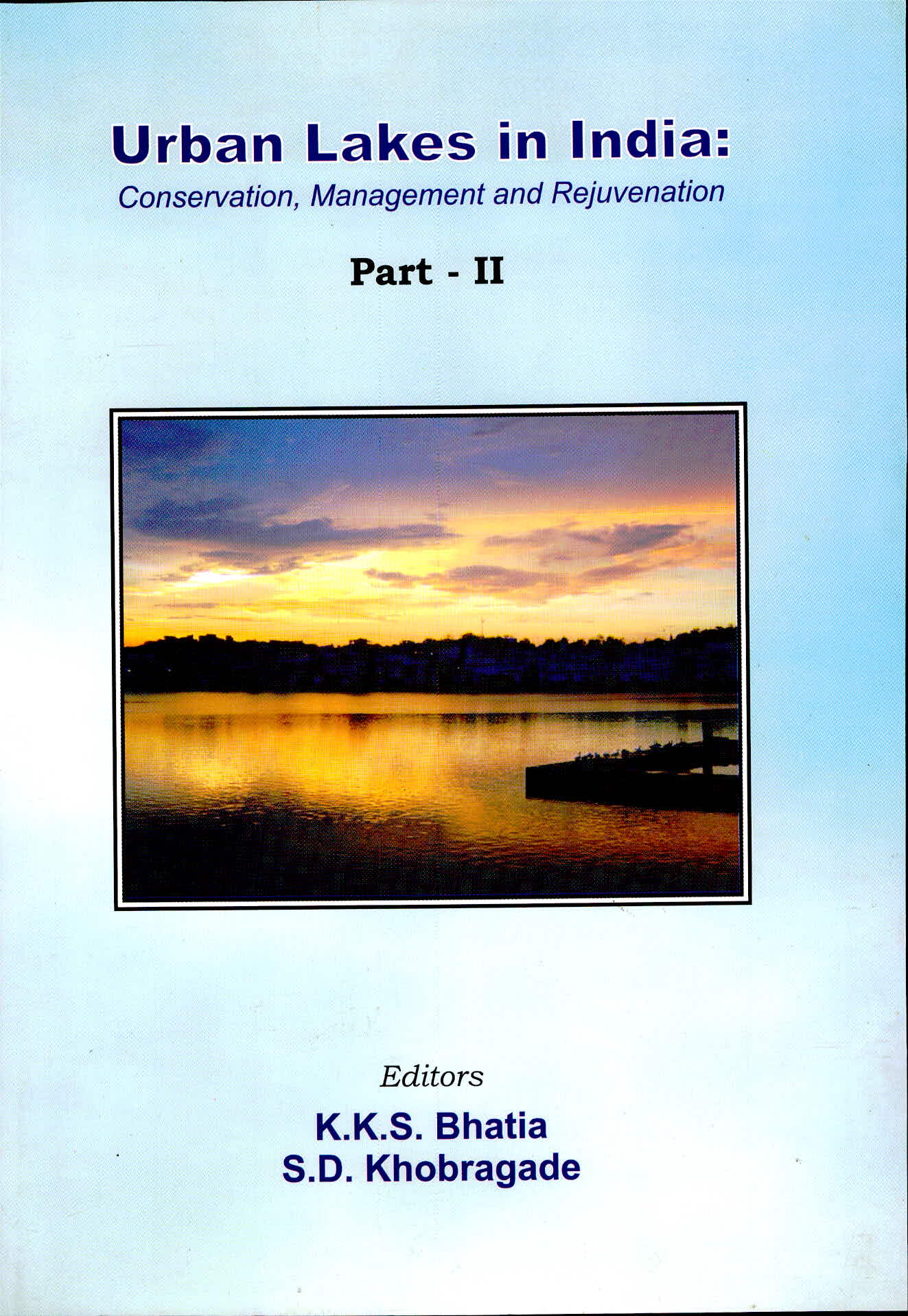DSpace Repository
22-National Seminar on Hydrological Aspects of Rejuvenation of Urban Lakes in India : Conservation, Management and Rejuvenation, 20-21 October 2005 at Maharana Pratap University of Agricultural and Technology, Udaipur (India). Part-II
- DSpace Home
- →
- Conference Proceedings
- →
- National Seminar/Workshop
- →
- 22-National Seminar on Hydrological Aspects of Rejuvenation of Urban Lakes in India : Conservation, Management and Rejuvenation, 20-21 October 2005 at Maharana Pratap University of Agricultural and Technology, Udaipur (India). Part-II
JavaScript is disabled for your browser. Some features of this site may not work without it.
22-National Seminar on Hydrological Aspects of Rejuvenation of Urban Lakes in India : Conservation, Management and Rejuvenation, 20-21 October 2005 at Maharana Pratap University of Agricultural and Technology, Udaipur (India). Part-II
Browse by

Recent Submissions
-
Foreword (National Institute of Hydrology, 2005)
-
(National Institute of Hydrology, 2005)
-
(National Institute of Hydrology, 2005)The famous and world renowned Pushkar lake sacred to religious Hindus is about 13 km from Ajmer, another equally well known religious place to Muslims due to a Darga Ajmer Sheriff located there. Of late due to expanding ...
-
(National Institute of Hydrology, 2005)The urbanization has been taking place in the world for more than 6000 years. In the developed countries about 75% of the population is concentrated in the urban areas. The rate of urban growth is especially high in ...
-
(National Institute of Hydrology, 2005)It is said that common sense is the most uncommon commodity these days. Ironically, the wetlands of Udaipur are also a victim of this phenomenon. When the erstwhile rulers of Mewar (i.e. Udaipur region) had developed a ...
-
(National Institute of Hydrology, 2005)With increasing urbanization and the pressures of population, implementation of major water supply schemes for the increased populations in urban areas in cities are now gradually acquiring shape. The wastewater managers ...
-
(National Institute of Hydrology, 2005)Urban lakes are basically impouading of water against an embankment. As time passes after the formation, these lakes start to play an important role in sustaining the socio-economic, ecological and cultural fiber of that ...
-
(National Institute of Hydrology, 2005)For more than three decades, inland water bodies are subjected to increasingly high human pressure through direct discharge and through changes in land-use by forest thinning, grazing, cultivation and excavation for mineral ...
-
(National Institute of Hydrology, 2005)Water quality reflects the composition of water as affected by natural causes and man's cultural activities, expressed in terms of measurable quantities and related to intended water use. In this study an attempt has been ...
-
(National Institute of Hydrology, 2005)It has been observed that the reservoirs, village ponds and other water storage works are not getting water, which they were getting in past. The Rajasthan state is a water deficit state. During the hearing of "Public ...
-
(National Institute of Hydrology, 2005)Pichola Lake at Udaipur is the nerve center for social, economic, and cultural activities of City of Udepur in the state of Rajasthan of India. Pichola Lake is interconnected with mirage of other lakes in Udaipur to fulfill ...
-
(National Institute of Hydrology, 2005)The Vembanad wetland, the largest tropical estuary on the South west coast of India identified recently as a Ramsar site, lies between 9° 00' and 10° 40'N latitude and 76° 00' and 77° 30'E longitude . It extends from ...
-
(National Institute of Hydrology, 2005)North Eastern region of India is blessed with abundant rainfall distributed throughout the year with major contribution during the monsoon season. Due to the heavy inflow in the mountainous streams and mighty rivers like ...
-
(National Institute of Hydrology, 2005)Water quality monitoring is expensive, and resource committed to unnecessary water quality measurements may be at the expense of a successful experimental design. Virtually, hundreds of water quality variables exist and ...
-
(National Institute of Hydrology, 2005)Bhubaneshwar the capital city of Orissa is generally known as the "City of Temples and Tanks" and the "Cathedral City of India" .In ancient times lakes were very common in any king's capital. In Bhubaneshwar city there are ...
-
(National Institute of Hydrology, 2005)Lake is a large body of water contained in a depression of the earth's surface, and supplied from the drainage of a more or less extended area. Through the ages, lakes have been the lifelines of most cities in India. They ...
-
(National Institute of Hydrology, 2005)An attempt is made to study the hydrology of Chetpet tank located in Chennai and to recommend designs for rehabilitation. A topographical survey was carried out to study the Cooum river influence. The level difference ...
-
(National Institute of Hydrology, 2005)Hyderabad is the fastest growing city in India. During the last 40 years, the population of Hyderabad has grown rapidly from 1.4 million (1961) to almost 5 million at present. Simultaneously, population density increased ...
-
(National Institute of Hydrology, 2005)The Technical Assistance in the Lake component of the Green Hyderabad Environmental Programme involved the development of methodologies and software in different fields of expertise. This report is directed towards hydrology, ...
-
(National Institute of Hydrology, 2005)Interventions in Urban Lakes are rapidly becoming increasingly important, and it is essential to examine the technical solutions; the socio-economic considerations and the economic viability and long term sustainability ...